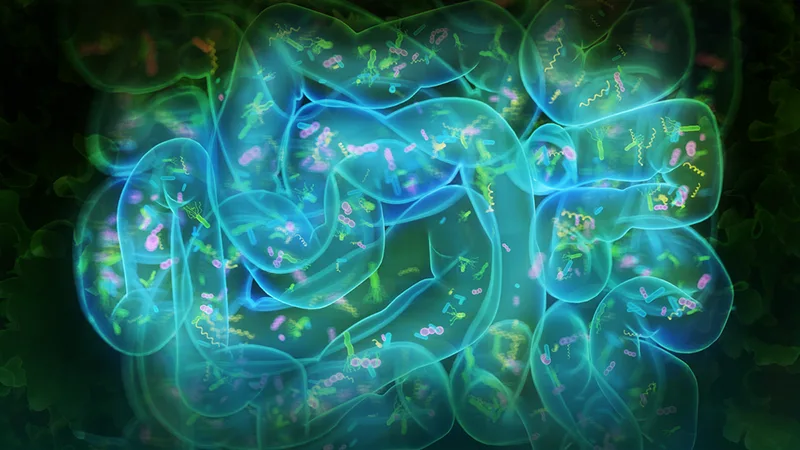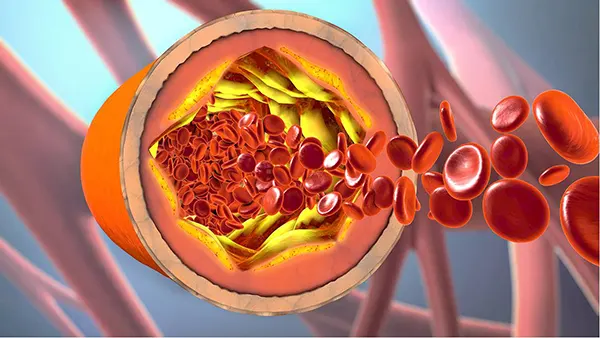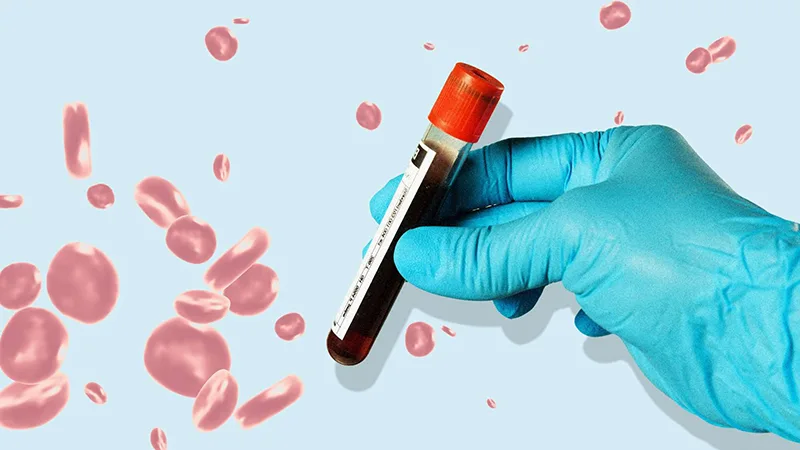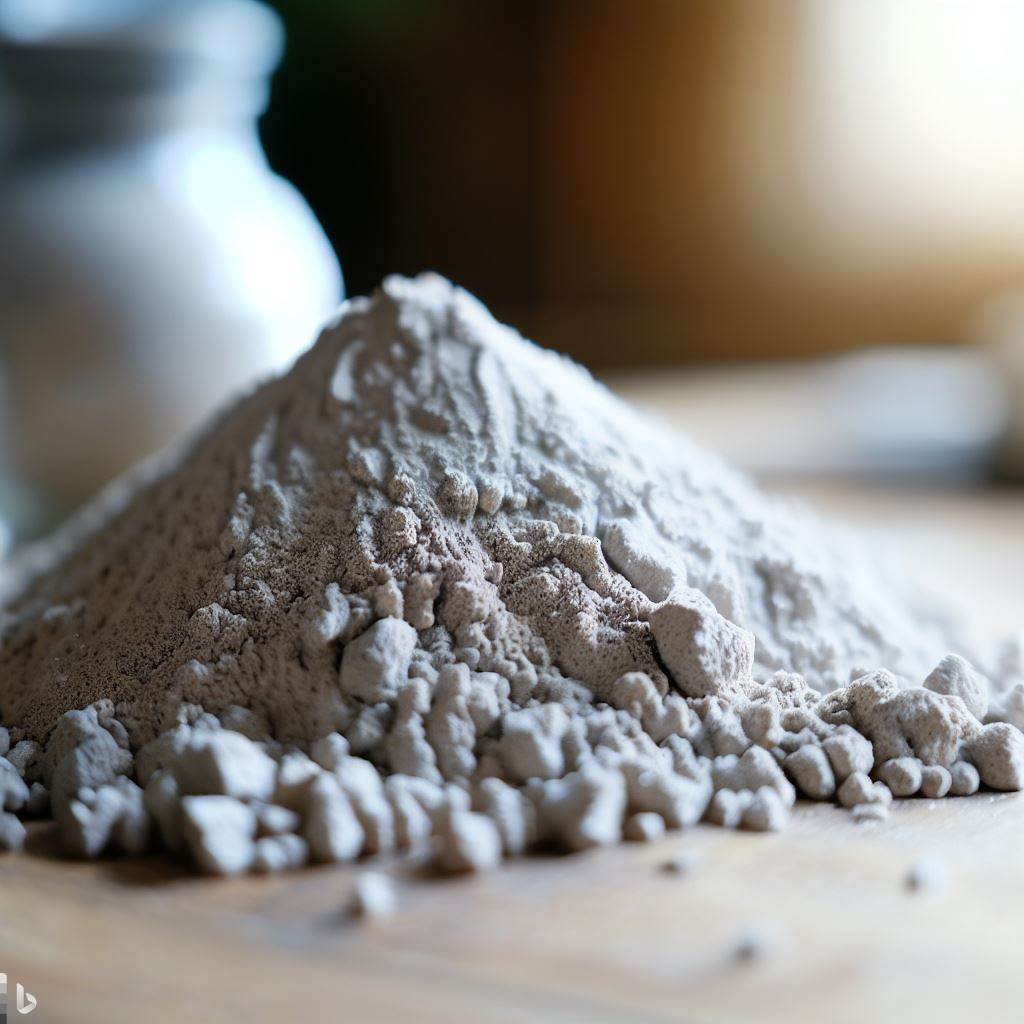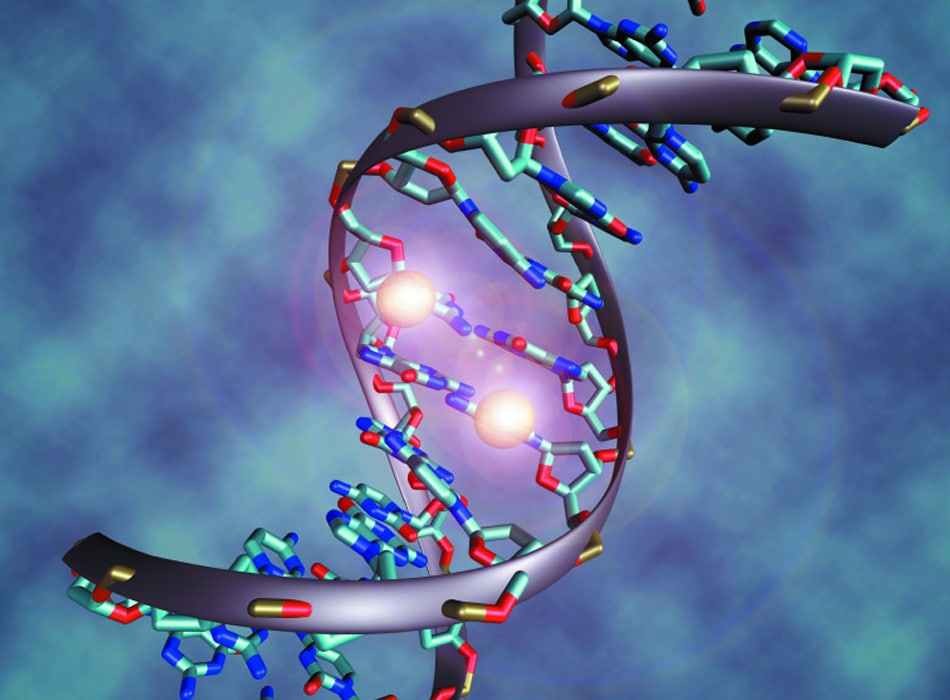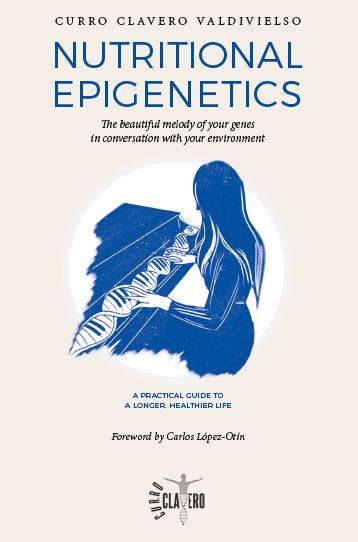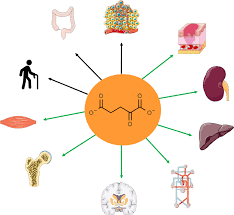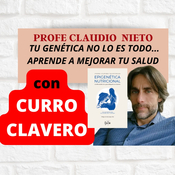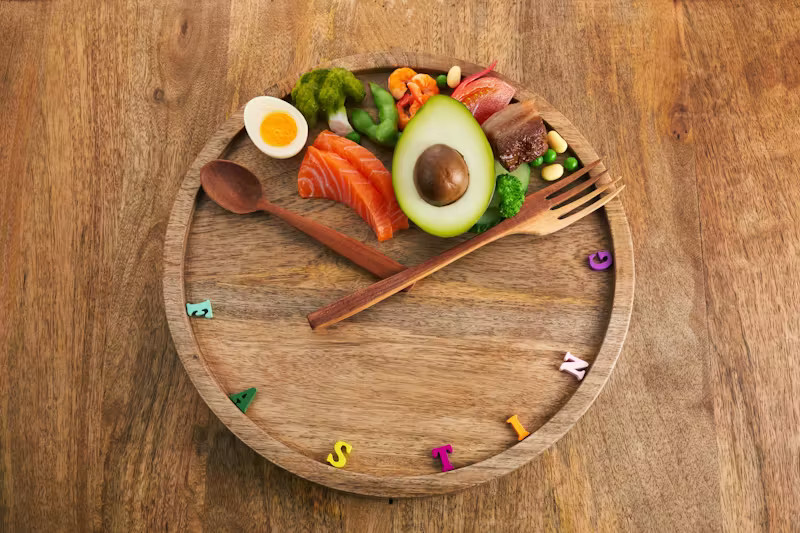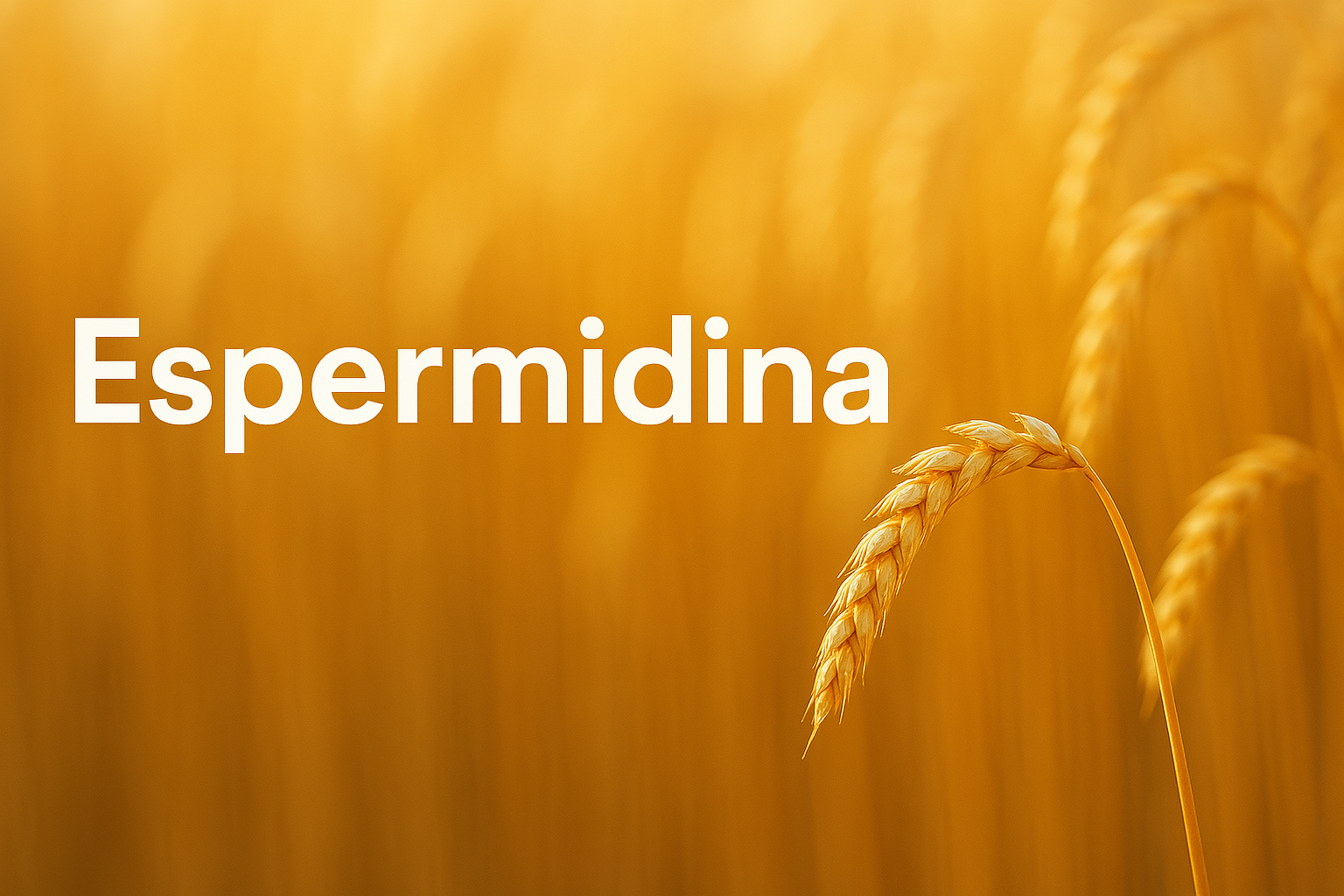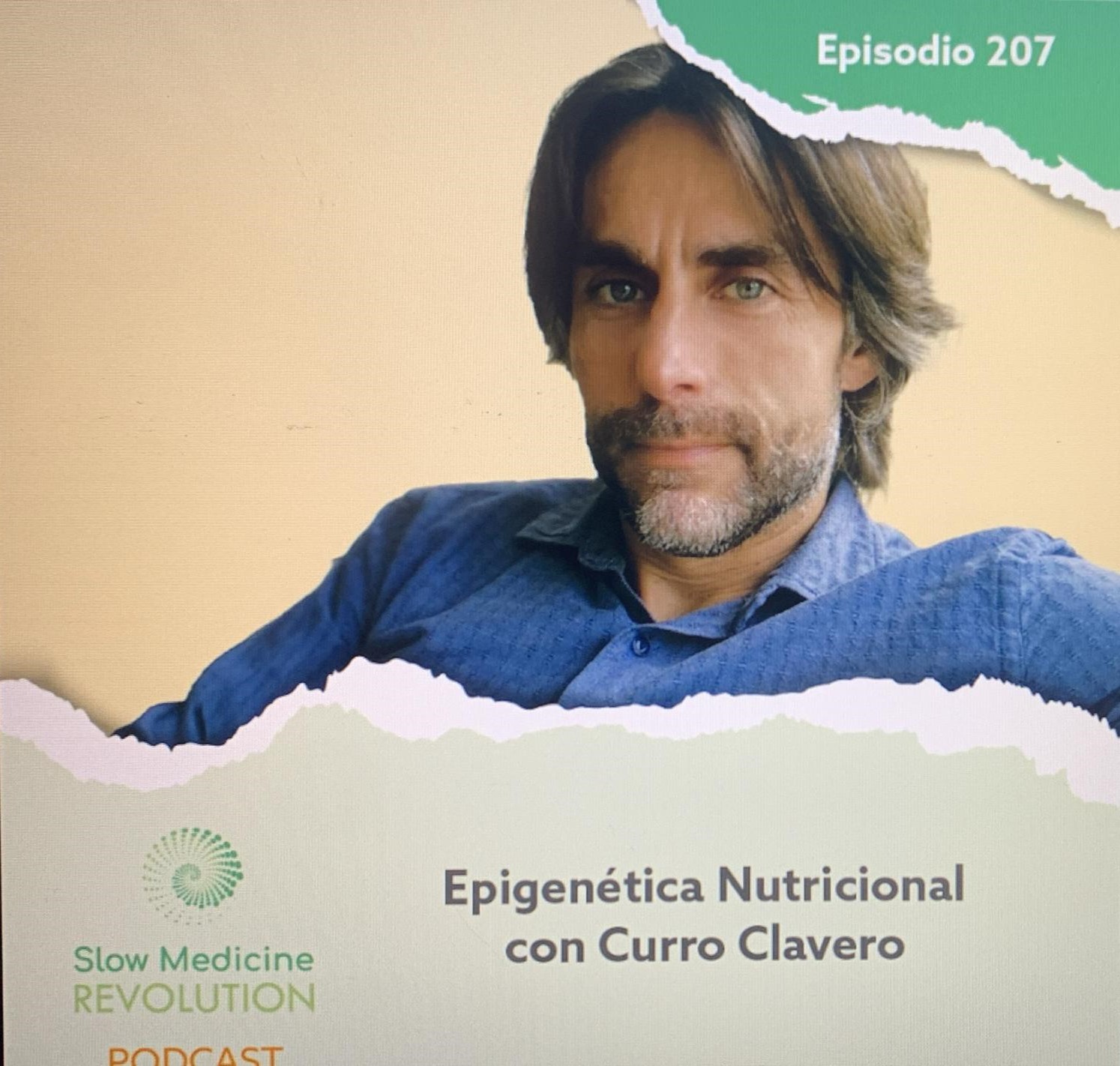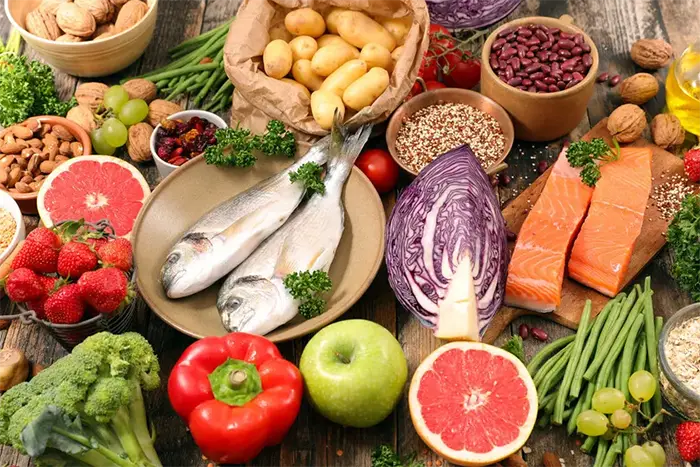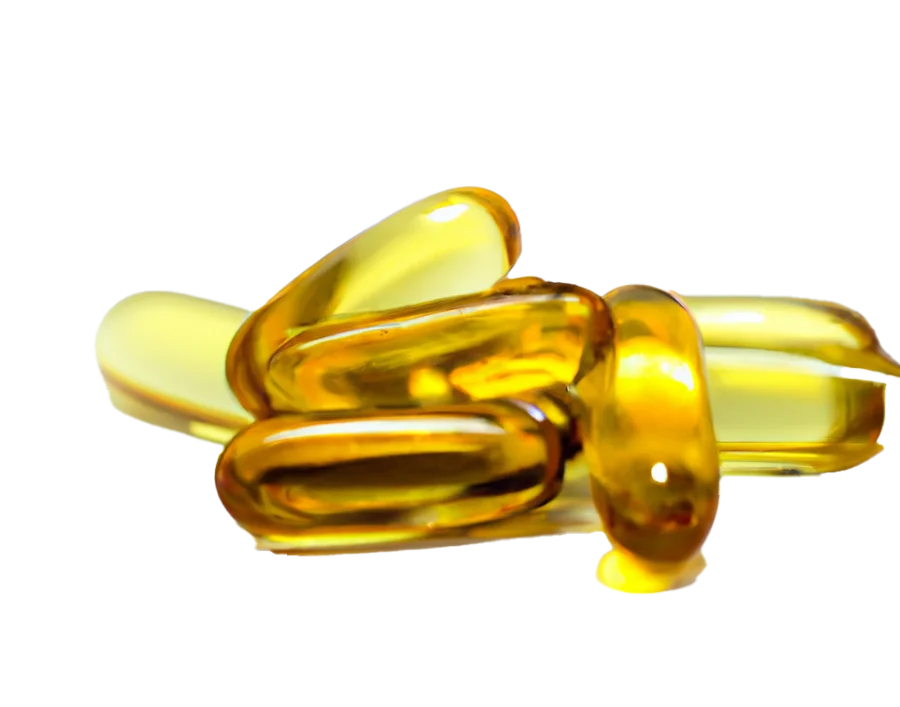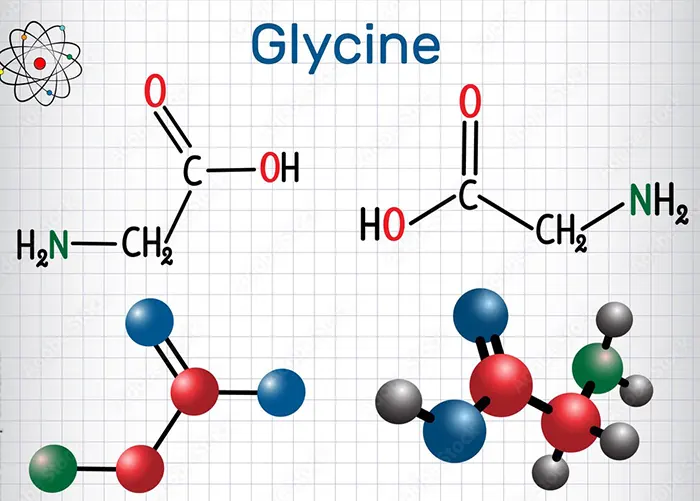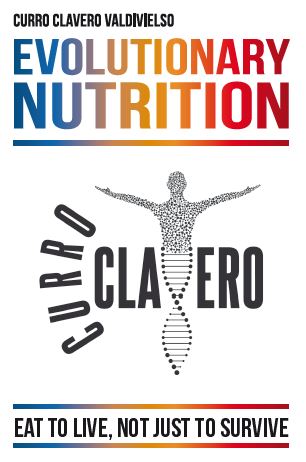When designing nutritional guidelines for my clients (never to design diets), I always keep in mind one key aspect: the improvement of the microbiota. This set of microorganisms is one of the fundamental pillars of our health. In fact, a microbiota unbalanced and a little bit different can be the root of many common diseases.
The scientific interest for the microbiota has grown exponentially in recent years. Although we do not fully understand this complex ecosystem, whenever we discover more about its impact on our health. Interestingly, as we learn more, it seems that we neglect the ally, internal with our habits modern. Poor diets, stress, constant and excessive use of antibiotics harm the delicate ecosystem of microbes.
In this article, I want to explain why the microbiota is so important and what can we do to take care of her better. Let’s start with the basics.
What is the Microbiota? Not only Bacteria: A Complex Ecosystem
The microbiota is the set of microorganisms that inhabit our body. This is not only of bacteria, but of a diverse community that includes viruses, fungi, protozoa, and even archaea. This ecosystem is dynamic and complex, and its balance is essential to our health.
To understand its importance, think of the microbiota as a forest. In a forest, the trees, animals and plants interact in harmony with the soil and water. Each part is crucial: if you go away within a species or alters the environment, the balance is broken. The same thing happens with the microbiota, which is a community of interconnected, where the different species interact with each other and with our body. When everything is in balance, this microbial ecosystem works efficiently. But if external factors, such as a poor diet or the use of antibiotics, altering their balance, the consequences can be reflected in our health.
Although the microbiota weighs only 200 grams, its influence is huge. Home to trillions of microorganisms, even more than the number of cells in our body, and its activity affects from digestion to mental health.
When this ecosystem is in balance, we call it eubiosis, and this translates into well-being. However, when out of balance (dysbiosis) may arise health problems.
Functions Essential to Health. A body More.
Far from being just a set of microorganisms, the microbiota functions as a vital organ, performing roles fundamental to the whole body:
- Digestion: Helps break down the food that our body can not digest itself, as the fiber, producing short-chain fatty acids, which are the key to gut health and energy.
- Stress management: through circadian rhythms, regulating the release of the hormone cortisol to the high or the low (study).
- Immune system: Trains the immune system to differentiate between beneficial bacteria and pathogens, preventing allergies, infections, and autoimmune diseases.
- Metabolism: Influences on how we process the nutrients and medications, affecting our ability to produce vitamins and regulate the metabolism.
- Mental health: through the axis, gut-brain, the microbiota affects the production of neurotransmitters such as serotonin, which influences mood and mental health.
- Skin: Protects the skin from pathogens and helps to keep it hydrated, preventing problems such as acne or psoriasis.
- Oral health: it Controls harmful bacteria in the mouth, preventing tooth decay and gum disease.
Dysbiosis: The Imbalance and its Consequences
The dysbiosis occurs when the microbiota loses its balance, similar to an ecosystem is altered by sudden changes. When the beneficial bacteria decrease, other less favorable take their place, affecting our health.
Among the main consequences of dysbiosis include:
- Gastrointestinal problems: Bloating, gas, diarrhea, constipation, and inflammatory diseases such as Crohn’s disease or colitis.
- Mental health: The dysbiosis can alter the axis, gut-brain, contributing to problems such as depression, anxiety and ‘brain fog’.
- Skin problems: Conditions such as acne, atopic dermatitis or psoriasis may be related to an imbalance in the microbiota of skin.
- Autoimmune diseases: An immune system disoriented can attack the body itself, contributing to diseases such as rheumatoid arthritis or lupus.
- Cardiovascular disease: chronic inflammation and alteration of lipid metabolism increase the risk of heart problems.
- Cancer: chronic inflammation and the production of toxic substances by intestinal bacteria can increase the risk of certain types of cancer, including colon.
- Oral health: The dysbiosis of oral can cause tooth decay, gum disease and bad breath, and its inflammation can spread to other parts of the body.
- Fertility problems: The dysbiosis can affect hormones and the quality of sperm or eggs, complicating the design.
Although not all people with dysbiosis develop diseases, the risk increases significantly. Factors such as genetics, lifestyle, and exposure to toxins also influence the development of these problems. To understand and address the causes of dysbiosis is a key to prevent it and restore the health of the microbiota. Through diet changes, stress management, physical exercise and other strategies that we will discuss later, it is possible to restore the balance of the microbiota and improve the health in general.
Two bacteria are very interesting: Akkermansia muciniphila and Faecalibacterium prausnitzii
Akkermansia
Discovered in 2004, this bacterium abundant in the intestine, feeds mucin, a protein essential for the intestinal barrier. Their presence helps to keep the layer of mucus in the gut, protecting against problems like syndrome, leaky gut and chronic inflammation.
Recent studies have highlighted that:
- The supercentenarios have a greater amount of Akkermansia in your microbiota.
- Its reduction is associated with dysbiosis and various health problems.
- It is related to a better response to immunotherapies in cancer.
- Although on balance is beneficial, an excess of Akkermansia may be linked to some types of colon cancer (study, study). Remember that everything is in balance (homeostasis), nothing is good in excess, or defect.
Currently, there are probiotics that contain this bacteria, used in the treatment of diabetes and obesity, with the potential for other diseases, such as psoriasis and autism.
F. prausnitzii
This anaerobic bacteria is one of the most abundant in the intestine of healthy individuals. Produces butyrate, a fatty acid with anti-inflammatory properties, which is crucial for the health of the intestinal barrier and the prevention of diseases such as Crohn’s disease.
Key points:
- Reduces intestinal inflammation and maintains the layer of mucus.
- Their decline is linked to diseases such as Crohn’s disease, suggesting a protective role.
Although it is not available as a probiotic, F. prausnitzii is a promising candidate for future therapies, although, like other bacteria, in excess could have negative effects.
Factors Affecting the Microbiota
The microbiota is an ecosystem dynamic and complex that plays a crucial role in our health, but your balance may be altered by different factors. The genetic, for example, influences the predisposition to have a higher proportion of certain bacteria, such as Firmicutes, which is associated with an increased risk of obesity. In addition, the type of delivery is also a determining factor. Babies born by vaginal delivery receiving a microbiota is more diverse, while those born by cesarean acquire a microbiota more limited, similar to that of the skin of the mother. The breastfeeding for its part , promotes the growth of beneficial bacteria, a contribution that is not found in the artificial feeding. The early use of antibiotics can decrease the bacterial diversity, facilitating the growth of resistant bacteria, something that negatively affects the balance from the earliest stages of life.
The food is another key factor. A diet rich in fruits, vegetables, legumes and whole grains encourages a microbiota diverse and healthy, while the excessive consumption of food ultraprocesados and alcohol can damage it, encouraging the development of harmful bacteria and reducing their diversity. Added to this, aspects of the style of life, as the excessive hygiene, that by eliminating beneficial bacteria can affect the microbiota of the skin, or chronic stress, which increases intestinal permeability and promotes inflammation. The physical activity regular, the rest suitable and contact with nature are elements that help to maintain a microbiota balanced, promoting bacterial diversity.
The environment also plays an important role. Exposure to environmental pollutants, such as pesticides and microplásticos, you can reduce the diversity of the microbiota, while some studies suggest that the electro-magnetic radiation, and climate change could also affect it negatively. In addition, the frequent use of medications such as antibiotics, anti-inflammatory medications and contraceptives significantly alters the microbiota, reducing their diversity and fostering the growth of antibiotic-resistant bacteria. The microbiota also changes with age, decreasing their diversity as we age, while the close contact with other people, especially those with whom we live, contributes to a share microorganisms, influencing the composition of our microbiota.
Restoring the Balance: Keys to a Microbiota Healthy
Restore a microbiota healthy involves removing all the ‘bad’ bacteria. In fact, even beneficial bacteria, such as Akkermansia, can be harmful in excess. The goal is to achieve a balance, similar to an ecosystem that thrives on diversity. For this reason, it is crucial to identify and correct the factors that cause dysbiosis.
A proper diet is essential. A diet rich in prebiotics, which are present in fruits, vegetables, legumes, and whole grains, provides the necessary fiber to nourish the beneficial bacteria. In addition, incorporate foods with resistant starch, which we will see later, it can act as a prebiotic, promoting the growth of healthy bacterial. On the other hand, reduce the ultraprocesados, full of sugars and additives, it helps to avoid the imbalance of microbes.
Lifestyle also plays an important role. Maintain a proper hygiene without abuse of antibacterial soaps is the key to not remove protective bacteria. The stress managementthrough practices such as yoga or meditation, it helps to maintain the microbiota balanced. The physical exercise and regular contact with nature also promote microbial diversity, exposing us to beneficial microorganisms in the environment.
In terms of interventions that are more direct, the microbioterapia offers several options. The probiotics, supplements that contain live microorganisms, can help to restore the microbiota, always choose the suitable strains, which is very difficult with the current knowledge. The prebiotics, which feed the beneficial bacteria, can be combined with probiotics in products synbiotics to enhance its effect. In more severe cases, the transplantation of fecal microbiota, which transferred the microbiota from a healthy donor to a sick person, has shown promising results in some diseases, although it must be supervised by a doctor. Also, in certain cases of bacterial overgrowth in the small intestine (SIBO), the use of antibiotics may be necessary, but it must be with caution, as they may affect both harmful bacteria as beneficial. Finally, some essential oils, like tea tree, have antimicrobial properties, but its use should be moderate to avoid unbalancing the microbiota.
My protocol to improve the microbiota: a Combination of Resistant Starch and Pectin
Resistant starch (AR)
The resistant starch (AR) is a type of carbohydrate that, as its name indicates, is resistant to digestion in the small intestine. Unlike other types of starch, is not broken down into glucose, but passes into the large intestine intact, where it is fermented by the intestinal microbiota. This process converts the resistant starch in a food prebiotic.
The benefits of resistant starch are numerous. Below, we highlight some:
- Production of short-chain fatty acids (SCFAS): During the fermentation of resistant starch, are used to generate SCFAS, such as butyrate, which has anti-inflammatory effects and contributes to the health of the colon. Butyrate is, in fact, the main source of energy for the cells of the colon and can help reduce the risk of diseases such as colorectal cancer.
- Promoting the growth of beneficial bacteria: To serve as food for the bacteria of the large intestine, the resistant starch helps to increase the population of beneficial bacteria like Akkermansia (study) and Faecalibacterium prausnitzii (study). This contributes to the balance of the microbiota and reduces the risk of diseases associated with dysbiosis, such as obesity, type 2 diabetes, inflammatory bowel diseases, cardiovascular diseases and some types of cancer.
- Improves digestive health: when you reach The large intestine without being digested, the resistant starch increases the volume of the stool and promotes bowel movements, which can help prevent constipation.
- Improvement of insulin sensitivity: The resistant starch has a low glycemic index, which means that it is slowly absorbed into the bloodstream. This, added to that is not digested in the small intestine, helps to regulate blood sugar levels, preventing sugar spikes and the excessive release of insulin. This is especially useful for preventing and controlling type 2 diabetes (study).
- Increased satiety: As the resistant starch remains longer in the digestive system, helps to prolong the feeling of satiety, which may be beneficial for the control of hunger and weight regulation.
- Increased secretion of GLP-1 (glucagon-like peptide-1): This hormone also contributes to the feeling of satiety and appetite regulation. The resistant starch is a natural and effective to increase levels of GLP-1 and encourage weight loss, in comparison with the drugs agonists of GLP-1 (such as the semaglutida and the tirzepatida), which have recently become popular. Although these medications can be effective in certain contexts, the use of resistant starch as a strategy dietetics offers additional benefits, such as improved gut health and metabolic regulation, without the potential side effects associated with medications (such as nausea, loss of muscle mass or the ‘rebound effect’).
Pectin
Pectin is a type of soluble fiber that is found in the cell wall of many fruits, such as apples and citrus fruits. Chemically, it is a polysaccharide, that is to say, a chain of simple sugars that the human body can not digest in the small intestine. As the resistant starch, pectin arrives intact to the large intestine where it is fermented by the beneficial bacteria.
This provides benefits similar to those of the resistant starch, such as stimulating the growth of beneficial bacteria (Bifidobacterium and Lactobacillus) and the production of short-chain fatty acids, such as butyrate.
In addition, the pectin offers other benefits:
- Regulation of the levels of cholesterol and glucose in the blood: The pectin forms a viscous gel in the intestine, which slows down the absorption of fats and sugars. This not only benefits the cardiovascular system, but also contributes to the control of appetite and weight loss, promoting a greater sense of satiety.
- Regulation of the intestinal transit: being a soluble fiber, pectin absorbs water in the intestine, forming a gel that slows down the gastric emptying and improves intestinal transit. This helps to prevent both constipation as diarrhea, balancing the digestive system.
- Reduction of inflammation and protection of the intestinal barrier: The consumption of pectin is associated with an improvement in the integrity of the intestinal barrier by increasing the production of mucin, a key protein for the protection of the bowel. In addition, the pectin can block inflammatory airway, such as via TLR2-TLR1, helping to reduce the chronic inflammation that accompanies many diseases.
- Modulation of immune and treatment of allergies: When you modify the ratio of intestinal bacteria, such as Firmicutes and Bacteroidetes, and increase the levels of SCFAS, pectin induces epigenetic modifications that promote the generation of regulatory T cells. These cells suppress exaggerated inflammatory responses, which can reduce allergic reactions (study).
Synergistic effect: Resistant Starch + Pectin
The individual benefits of resistant starch and pectin in the improvement of the health systemic, through the balance of our microbiota, are well documented. However, the most interesting thing is that it has been recently shown that the combination of both creates a synergistic effect that enhances even more of these benefits (study).
When you combine the resistant starch and pectin, a structure more ordered and tough, which increases the ability of the starch to resist digestion and improves its properties prebiotics. The pectin interacts with the starch by means of hydrogen bonds, creating a structure more clear and compact. This makes it difficult for the action of digestive enzymes, increasing the resistance of the starch and favoring fermentation in the colon, which increases the production of SCFAS (study).
How to increase the Resistant Starch
There are several types of resistant starch, but the two most common in the diet are:
- Resistant starch Type 2: found in raw foods such as bananas, green or raw potatoes. Its structure is not accessible to the digestive enzymes, so it arrives intact to the large intestine where it is fermented by bacteria and acts as a fermentable fiber.
- Resistant starch Type 3: Is generated when certain starchy foods, such as oats, potatoes or rice, are cooked and then cooled. This cooling rearranges the chains of starch in a more compact structure and resistant to digestion, in a process called retrogradation.
The most effective ways to increase the resistant starch in our day-to-day are the following:
Potato
Cook potatoes the day before (the bags from small potatoes to microwave also serve) and leave them in the fridge all night. The next day, reheated in a moderate temperature in the microwave and eat with olive oil, salt, spices, a can of sardines, mushrooms, or tomato sauce without sugar, among others. Reheat in a moderate temperature range does not destroy the resistant starch, but if it is overheated to a very high temperature or for a long time, could be reversed part of the process of retrogradation.
Basmati rice
Apply the same procedure as with the potatoes: cook the rice the day before, leaving it in the fridge overnight and the next day, reheat it slightly in the microwave before eating.
Oats (rolled whole grain rolled thick)
Cook the oats before it is refrigerated. Mix in a pot oatmeal with liquid (milk of cow A2, vegetable drink or water) in a ratio of 4 parts liquid to 1 part of oats (for example: 1 liter of milk 250 g of oats). Bring the mixture to a boil and then reduce the fire to simmer for 10-15 minutes, stirring regularly until the oats are soft and have absorbed most of the liquid. Once cooked, leave to cool to room temperature before transferring it to a container with a lid and refrigerate for at least 12 hours.
To use it, you can add more milk, kefir or water to adjust the consistency, as well as fresh fruits, nuts, cacao powder pure, nibs de cacao, seeds, honey, soy lecithin, spices like cinnamon or turmeric, wheat germ, etc, This is a dish that is rarely missing in my day-to-day.
Another option is the so-called ‘overnight oats’. It consists in soaking the oats with the liquid chosen and leave it in the fridge all night. The next day, it can be consumed cold. It also increases the resistant starch, although to a lesser extent than the previous procedure.
Banana flour green
Eat bananas, very green it is a good way to increase the resistant starch, though her taste is not to everyone’s taste. An alternative is the banana flour green, that can be added to a variety of dishes such as oatmeal, smoothies, yogurt/kefir, salads, legumes, among others, to further increase the content of resistant starch.
How to increase the Pectin
Citrus fruits (orange, grapefruit, lemon)
Pectin is mainly concentrated in the white part inside the skin, known as the albedo. Therefore, it is best to peel the citrus fruit with a potato peeler or a sharp knife to remove only the outer shell, leaving intact the albedo.
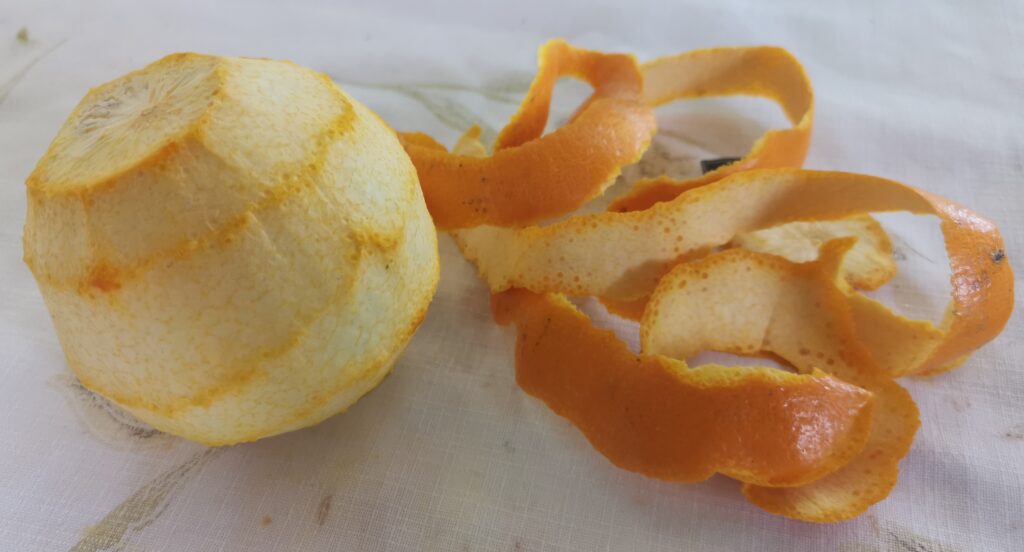
Green apples/acidic (type Granny Smith)
Eat apples with the skin, since it is in the shell where is the largest concentration of pectin.
Quince
It is recommended to consume the cooked fruit, not the sweet quince paste that is commonly found in supermarkets, as they tend to have less pectin due to the processing and contain large amounts of sugar.
Fiber apple powder
The fiber of apple powder can be incorporated into the same recipes or preparations which are added to the flour banana green.
***
The study of the microbiota is in constant evolution. Continually discovering new species of microorganisms and better understood how to interact between them and with our body. Although there is still much to discover, what we know so far allows us to assert the following:

